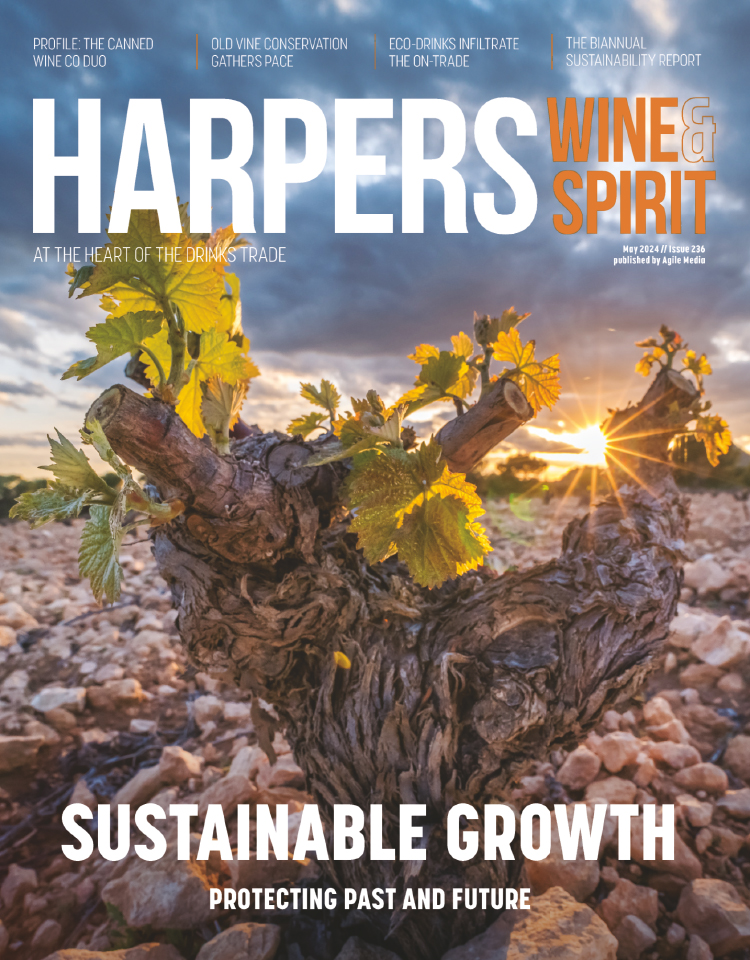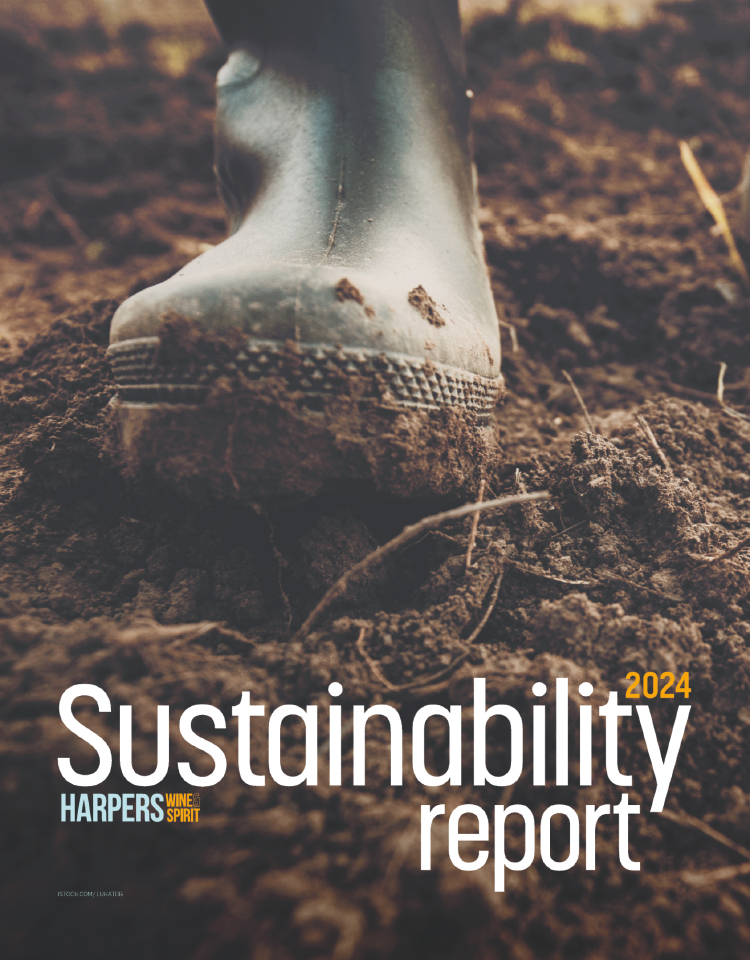
How to build a restaurant wine list
When a new restaurant is launched everyone focusses on the food (and more often than not the person behind the food), but how do you put the wine list centre stage?
We quizzed two experts to get their top tips on constructing a wine list from scratch, do and don’ts when sourcing wines and the key things that sommeliers and restaurants often forget about.
Ruth Spivey, wine advisor, founder Wine Car Boot and Star Wine List London Ambassador
• List what you like, but don’t slavishly follow trends. You’ll be chasing your tail and your list won’t have integrity or personality. If something is in fashion, it means it will therefore be out of fashion at some point too.
• Make sure you have enough properly trained staff. A quick briefing once a week isn’t enough. Don’t try to be wine focussed if you’re not willing to pay for and train proper sommeliers. If you hire a consultant to set things up that’s fine, but make sure you either keep them on a retainer to oversee or invest in someone to carry the baton on.
• Don’t get carried away buying all the fancy bottles you’ve always wanted to own yourself. Unless the list is tiny I would never recommend buying from only one supplier but equally don’t go around buying bits and pieces from everyone under the sun, especially when you first open. You’re setting yourself up to fail, facing a mountain of paperwork, logistical nightmares and countless deliveries. More people equals more problems!
• I think it’s a mistake to not list wines in price order, by all means separate into regions if necessary. 99.9% of the world is in on a budget - it’s basic hospitality to make it easy for people to find their price bracket.
• Start with a manageable-sized list that you can afford in terms of both cash flow and space. So many people forget wine storage. And (as above) for god’s sake makes sure it’s temperature controlled! Lots of wine is served at the wrong temperature as a result of incorrect storage, which is a particular bugbear of mine. Temperature can make or break an experience of the wine.
• Don’t have too many wines open by the glass without proper preservation systems in place.
• Don’t be scared to ask the customer anything about price or budget. Making any assumption can lead to problems – don’t assume the customer is knowledgeable, but equally don’t assume they’re not. Just be open and polite.
• Taste the wine before serving it – you’re the expert so you judge if it’s faulty. Don’t waste the customer’s time.
Federico Moccia, assistant head sommelier, 67 Pall Mall:
- The most important thing when you make a wine list is to understand what the food of the restaurant will be (wine is a drink made to enjoy with food) and also what the style of the place will be. Again, it’s crucial that the wine list suits the philosophy and the idea of the people who work there.
- Of course when you start putting together a wine list you need to have some safe wines, wines that you know are going to sell (at the end of the day you need to make money too) and those wines have to be ones that people know and recognise, then with time you can guide them to discover new areas and new styles.
- Seek out lesser known and smaller producers. Prices will be cheaper and if you have a good palate, you can find wines that are really good value for money. This will help you to deliver a bespoke experience to your clients and yield better returns.
- Balance your wine list between Old World and New World. These days, consumer knowledge is better, and not everyone has the same tastes; generally speaking new world wines will have a fuller body with juicer, riper aromas and be much more fruit driven and more approachable when young.
- Having a clear layout of the wine list will make it easier for customers to choose a wine, and even better if guided by a sommelier.
- I think the mistake that restaurants make the most is to overcharge for wine. It doesn’t make sense to have a mark-up of 70% as people can easily find out the real rice of wine.
- It’s really important to have well-trained staff who know what the customer needs; this can avoid misunderstandings with customers and gives an opportunity for upselling drinks because the staff know what they are talking about. It helps to deliver a better service too…it’s a little investment at the beginning but will pay off in the long run.
- Restaurants focus too much on just in few important regions like Piedmont, Tuscany, Rioja, Bordeaux and Burgundy. In this way, people are obliged to choose from these great regions but prices can be really high. Offer your guests a wider choice at more approachable prices.
Keywords:
- wine
- List
- Wines
- restaurant
- food
- wine list
- sourcing
- top tips
- constructing
- centre stage
- sourcing wines
- restaurant wine list
- wine list centre
- list centre stage








